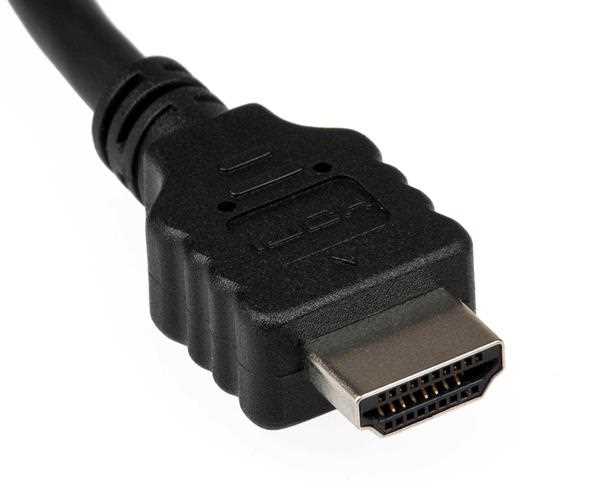What is the best part about HDMI cables? "They make the connections of HD components in my Home theatre easy. And I can enjoy movies in a stress-free way." You may say. Well, that is overwhelmingly true. However, there are a number of HDMI adapters and cables available online and each of them come with certain capabilities and specifications. The type of cable you choose depends on the features you want and the kind of requirements you have.
Through this article, we will acquaint you with different specifications of HDMI cables so that you can get the cable of your choice without going for high price alternatives that might not benefit you. But, before we do that, we have a fact to share. And that is - All HDMI Cables that you come across are backward compatible. Which means, your current HDMI cable is capable of offering all the functionalities that its predecessors did. You must know this in case you are upgrading your device.
The Evolution of HDMI Cables
The year 2002 spectacled the birth of HDMI cables. However, it gained popularity only recently. As most of the electronic products available today come with added capabilities, they do ask for new cables or cables with higher bandwidths. Currently, HDMI version 1.3 is in use and it is compatible with all current HDMI equipment. You will find other specifications known as 1.3a and 1.3b but those designations aren't applicable to consumers.
So, What Are the Types of HDMI Cables You Can Find?
You will find two types of cable in the HDMI 1.3 specification. Namely, Standard Speed and High Speed. When it comes to Standard HDMI cable, you will often read that it offers up to 2.25 Gbps of bandwidth. But what does it mean practically speaking? Well, it means that the standard cable will offer HD video up to 720p/1080i picture resolution.
Hence, it is okay for standard TVs or DVDs that don't display more than 720p/1080i picture resolution. If you want to make the most out of Blu ray discs and the potential of HDTV along with 1080p resolution, you might have to upgrade to a high-speed HDMI cable. That is because only a cable of that nature would be able to provide 1080p/60 reproduction.
It is advisable to buy High Speed cables for two reasons. One, the lesser capabilities of standard cables have become obsolete. And second, high speed cables provide with a future proofing measure so that the cables remain relevant for many more years to come.
Take a look at 4 types of HDMI cables within the specification 1.4 for Home Theatre usage:
- Standard HDMI Cable
- High Speed HDMI Cable
- Standard HDMI Cable with Ethernet
- High Speed HDMI Cable with Ethernet
Understanding HDMI 1.4
The best part about HDMI specification 1.4 is the addition of Ethernet capability. It is possible for other high speed and standard cables to have that functionality. With these cables it is possible for you to access video on demand through services like Amazon and Netflix. You will also find BD live features which include trivia games/chats, movie trailers/clips etc. Also, when you connect one component of a Home Theatre to Ethernet, it enables to share internet connectivity with other compatible components.
What is New with HDMI Cables?
Apart from the potential of adding an integrated Ethernet Channel, Specification 1.4 comes with new capabilities for now and future. With HDMIs two-way communication, you can send signals up and down the stream. This is known as Audio Return Channel. This means that you can send a signal from HDTV to the video/audio receiver. Let's take a common scenario. A tuner having HDTV can send the surround sound audio to receiver and further distribute it to speakers.
HDMI 1.4 also covers the future of high definition as it has the bandwidth that carries 3D imagery which is soon to come. It is also capable of handling the newly emerging 4K video resolution. In the future, you will find automotive HDMI cables with standard 1.4. They are tough enough to support extreme noise, temperature and vibration that automotive applications may have.




Leave Comment